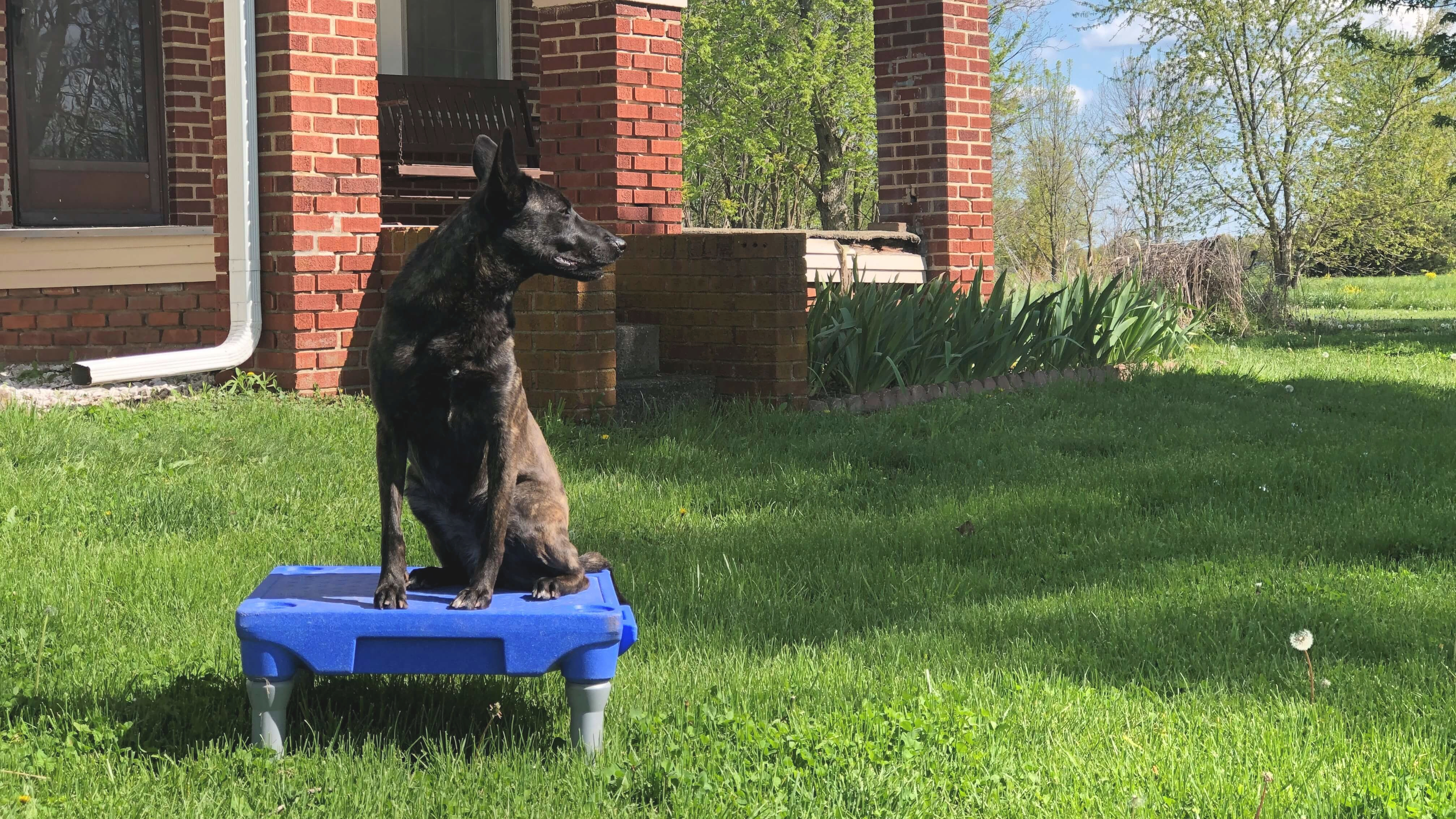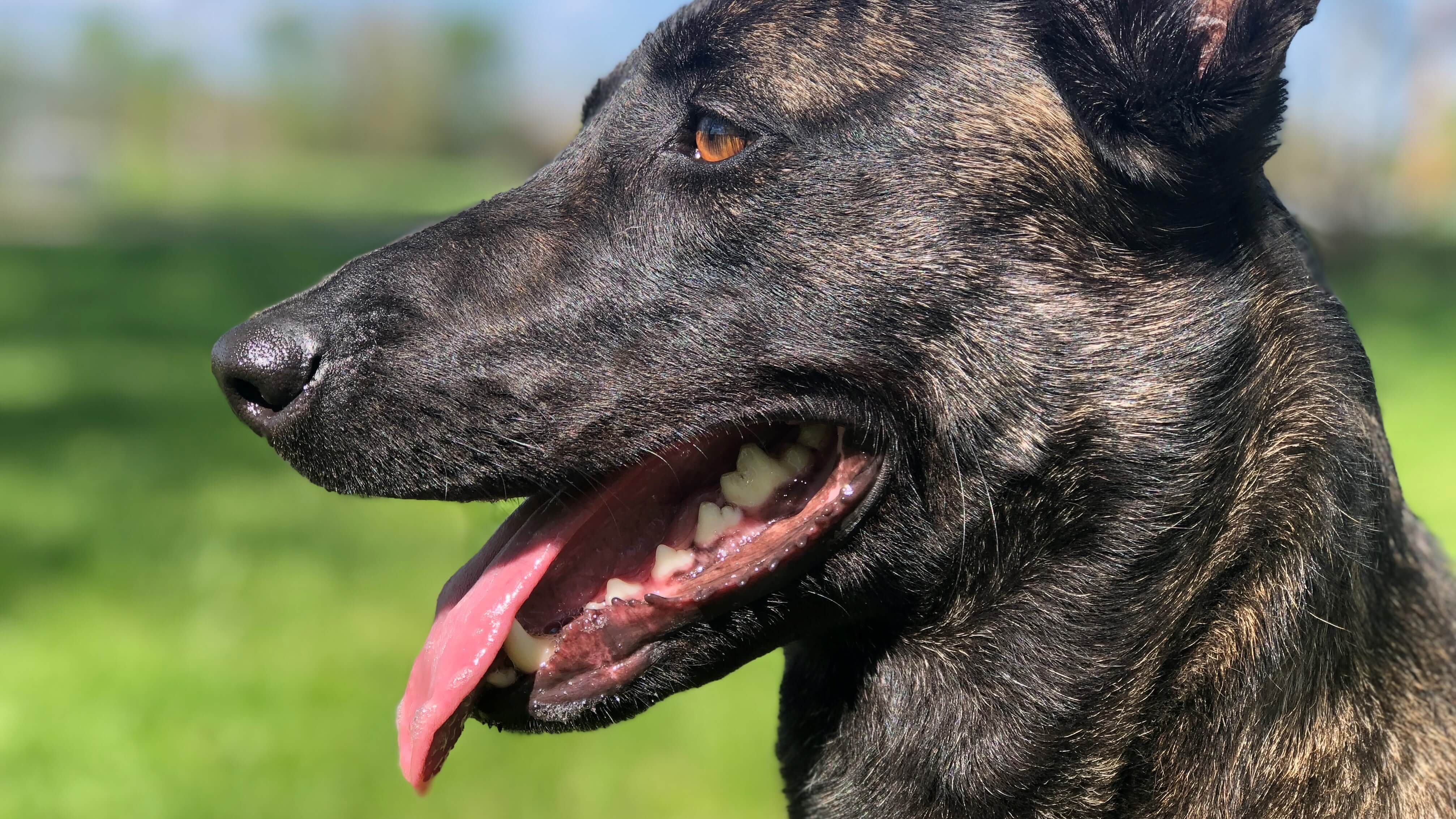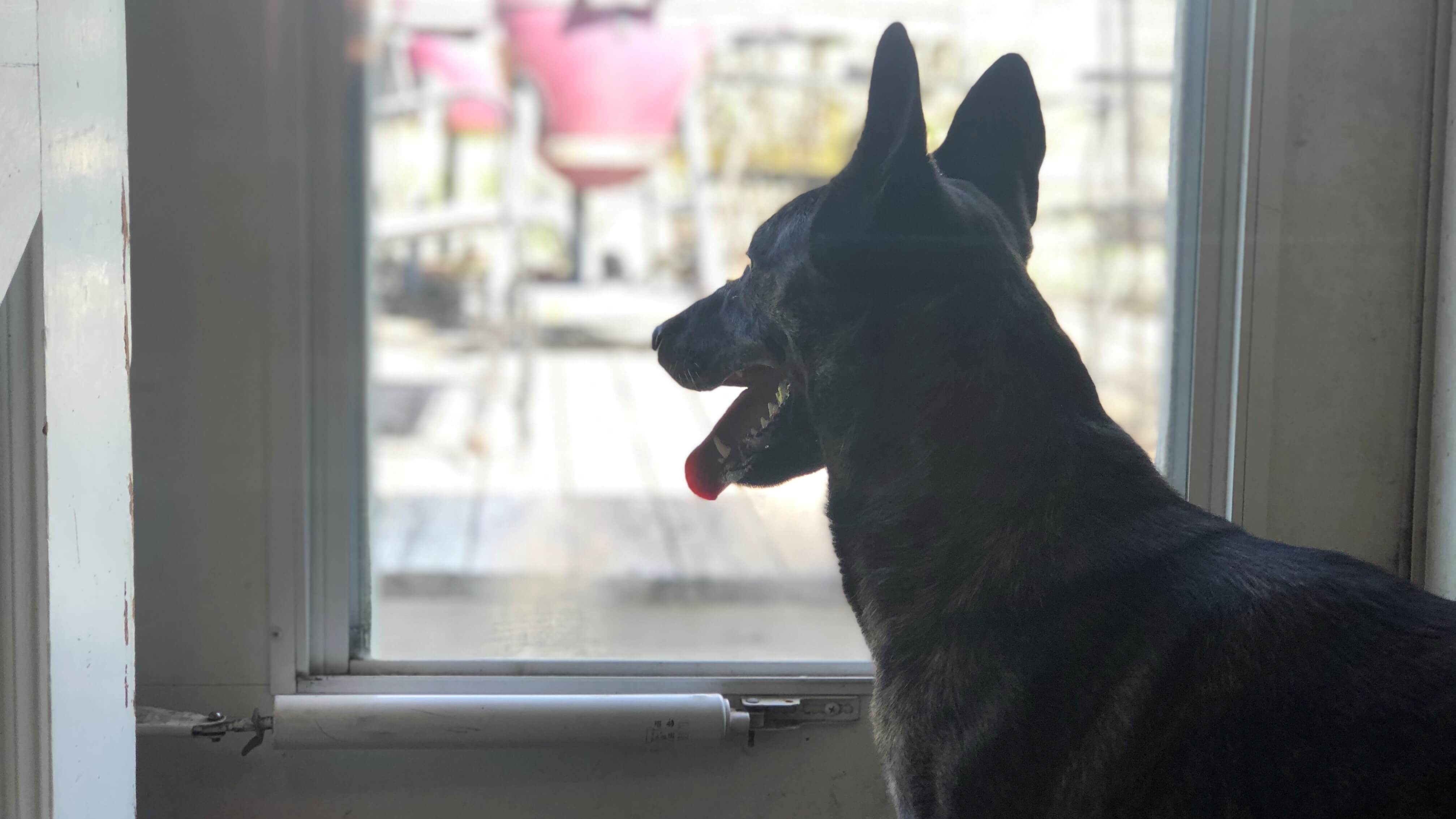Questions
Have you tried out one of these 5 training challenges and have a question for one of the CFTE trainers?
Overcome the limitations of stay-at-home orders and keep your dog's skills sharp and make sure they are ready for the next call out.

We spend the vast majority of our training time teaching our dogs to locate target odor and provide their trained final response. We also train our dogs to follow hand signals and verbal cues so that we can direct them around a search area from a distance or when the situation is too hazardous for us to enter. These two skills are meant to work in tandem when applied on a real search. But how often do you train them together and test your dog's proficiency?
Setup: Begin with 1 or 2 directional platforms. Send your dog on a predetermined pattern before directing them to search. Once they have demonstrated success completing the pattern and then locating target odor, you can increase the number of platforms and difficulty of the pattern.
Tip: Place target odor down wind, or around the corner of the house, so that you have the opportunity for your dog to learn that sometimes taking directions from their handler can also lead to odor and their reward.
There isn’t much we can do right now about the size of our backyard or the free space in our garage. What we can do is control the amount of target odor we set out. Searching for trace requires your dog to work with a bit more detail and often times at a slower pace. Trace is a great way to capitalize on searching in small spaces.
Setup: Wearing gloves, wrap your hand around source applying gentle pressure. Immediately place your handprint against a surface. We recommend using a smooth non-porous surface that can be easily cleaned. If you dog is experienced with trace, try leaving just one fingerprint. For additional complexity, vary the height where you place the trace going above or below the natural plane of the dog’s nose.
Tip: To add another level of challenge, and increase the difficulty, work this setup on lead so that you can control the amount of nose time your dog has before getting to search the area where you placed the trace.

Creating opportunities for extended nose time from the confines of home can be difficult, especially for those living in neighborhoods with smaller yards. While you may not be able to log 30+ minute searches, by pairing your dog’s physical conditioning training with their search work you can create a similar level of physical fatigue that occurs during a longer search as well as the altered olfactory abilities the come with heavier panting caused by exertion.
Setup: Take your dog for a long walk or a run. Factoring in your dog’s current fitness level and the weather, go a distance that will challenge their stamina and elevate their heart rate and respiration. If your area isn’t conducive for being out on the street, you could also play a rigorous game of fetch. Once your dog is displaying signs of exertion (i.e., panting, slowed gate) then conduct your search as normal. Observe any differences including the speed they take off to search and their quickness to perform their trained final response. Also note the intensity of their play once you reward.
Tip: To maximize the challenge, have your search problem set before you begin your physical conditioning so that you can go straight from one to the other without giving your dog a chance to rest and recover.
*reminder to always work within the physical limits of your dog
When training off site, security concerns make it a challenge to leave out target odor for extended periods of time. When was the last time you were able to work a search problem that had been aged for more than a couple of hours? Here’s your chance!
Setup: Use a location such as your garage or a lawnmower shed that you can limit your dog’s exposure to for 24+ hours. Place your training aid and secure the location. When you begin your search, make sure to observe your dog as you approach this area for changes of behavior that may occur earlier due to the aged scent pool.
Tip: Since stay at home orders are still in effect, you will need to use your home search area for a while longer. Use a training aid such as dried blood or a bone to prevent oversaturating your area.

Not only do we teach our dogs a particular cue for “go find target odor”, but we also have a series of cues we give our dog before we that say word. Intentionally or not, these additional cues tell the dog there is the possibility of reward if they find target odor. Perhaps we put on the same vest or helmet. Or we put a certain toy always in the same pocket. Maybe we put a certain collar on the dog or use a particular leash. There is nothing wrong with any of these cues, we just need to be aware of them and their impact on our dog. From the moment our dog is out of the vehicle to the moment they are back in their crate, they should know that reward is always available if they find target odor. Think about this, you are called to a scene to search a house. You get your dog out of the truck and walk them to the front door. You pass right by a vehicle in the driveway that happens to have a bag of blood-soaked evidence in the trunk. Don’t you want your dog to be confident enough to be obedient to that target odor and to tell you about it, even though you haven’t given the search command? We sure do.
What happens if all of your cues disappear? What is your dog’s reaction to target odor when they have been given none of their cues that reward is available? It’s time to find out. This challenge is designed to test your dog’s obedience to odor and commitment to perform their trained final response in the absence of their cues.
Setup: In an area where you turn your dog loose, such as your fenced backyard, place target odor in a secure location. If you don’t have a fenced yard and leash walk your dog, place target odor along your drive somewhere in the path you would normally take. Then proceed as you normally would (i.e. turn the dog loose in the backyard or put on their normal go-for-a-walk collar).
Tip: If you see that they have gotten odor but are not confident and following through to perform their trained final response, simply lower your criteria. The next time they sniff the target odor use the Reward on the Nose technique we shared in our previous training on troubleshooting the trained final response.
The best part of being a search and rescue handler is training with your K9 partner. But if we are being honest with each other, to be a truly great resource for our community, there are so many skills that we need to master that don't involve our dog. GPS, navigation and mapping. First aid. Lost person behavior. Search report writing. Not to mention our trainer skills like timing and reward presentations. The list goes on. We encourage you to capitalize on this opportunity to brush up on a skill that may be a little rusty. Or learn a new one. Here are a just a few of ideas: